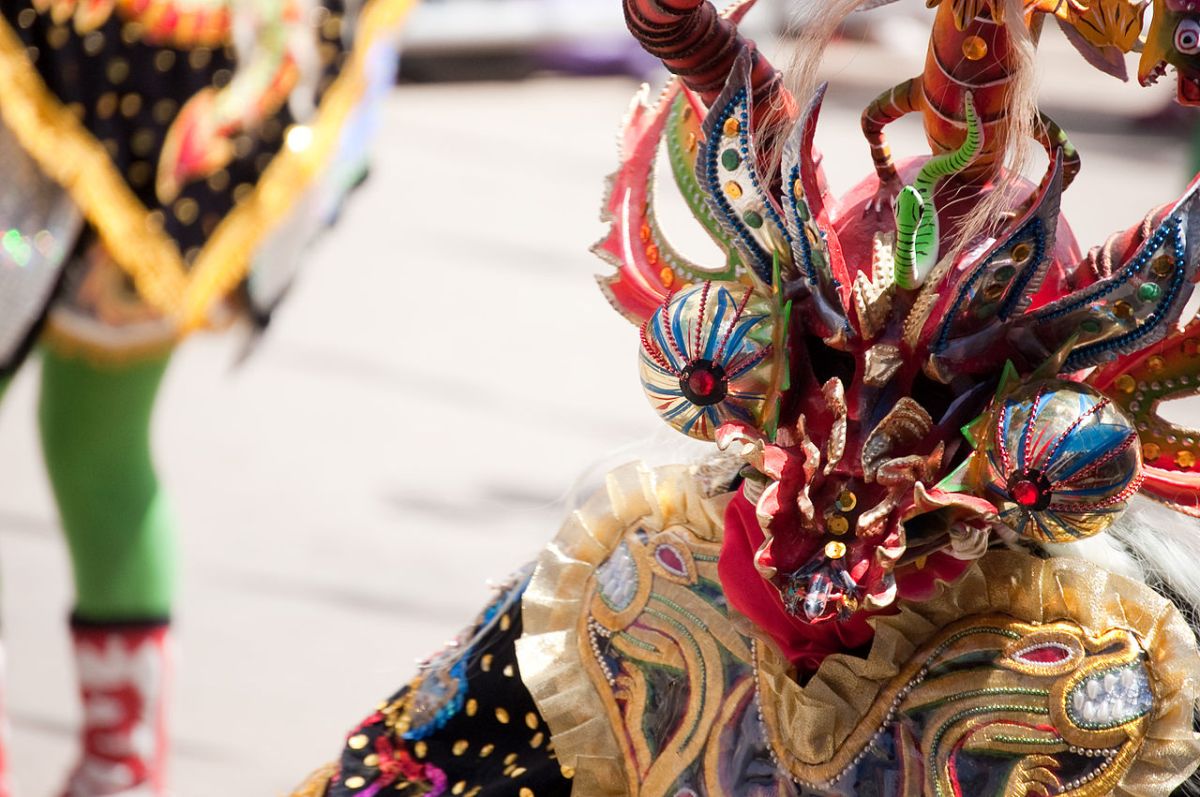Santa Cruz (Bolivia), February 18. – The carnival began this Saturday in the Bolivian region of Santa Cruz, the largest in the country, with an atypical “Corso 2023”, the central parade of this celebration which took place amid slogans of freedom and some tensions between the promoters of the celebrations. and those who oppose it.
A gray and windy day was the prelude to the Corsican, who at the last moment had to leave his usual home in Parque Lineal Mutualista or “Cambodromo”, northeast of Santa Cruz, the capital of the homonymous region, to Roca Avenue and Coronado, in the extreme west of this city.
The reason for this was a vigil organized by citizens who identified themselves as “self-summoned” and who oppose the holding of carnival activities considering that there is nothing to celebrate due to the epidemic of dengue that afflicts the region, but mainly due to the arrest of its governor, the opposition Luis Fernando Camacho.
It was precisely Camacho’s imprisonment at the end of last December due to the events of the 2019 crisis in Bolivia that motivated the Asociación Cruceña de Comparsas Carnavaleras (ACCC) to define that the theme of the race is “Let’s break the chains to freedom and democracy”.
This has not finished convincing those who insisted that there be no carnival festivities and tried until the last minute to suspend the Corso.
This generated some tense moments in the hours leading up to the parade, which eventually prevailed and started at least two hours late, after 9:00 p.m. local time (1:00 a.m. GMT on Sunday).
DIFFERENT CARNIVAL
The race “has a lot of significance within the Carnival of Santa Cruz” because “it is one of the most important moments” as it marks the start of the celebrations that will last until Tuesday, model Dayana Molina, who was the queen of the party, explained to EFE in 2022.
“It’s a very atypical carnival, there has been a lot of adversity,” Molina said, referring to the series of conflicts registered in Santa Cruz over the past year, especially in the last quarter, when A 36-day strike ended over the carrying out of the population census, then new protests erupted after Camacho’s arrest.
Molina felt that “there is something we are doing wrong and that is we are mixing culture with politics a lot and I think that shouldn’t happen”.
However, the ex-sovereign felt that the expectations around the parade are high “after so much conflict” and expressed her joy for its achievement and for the massive participation of the people.
Usually, in the parade, folk ballets and carnival troupes are interspersed, but to avoid conflicts, on this occasion it was decided that only the first and the “crowning” troupe enter, that is, the one with the Santa Cruz carnival queen.
The change of location has also reduced the brilliance of the Santa Cruz Carnival, since the space on Roca and Coronado avenues is not as wide as in the “Cambodromo”, forcing the passage of the blocks to be more compact.
Some dance groups presented images and costumes on themes such as the tradition and symbols of Santa Cruz, such as the mighty cross of the regional coat of arms, the green and white of its flag or the rich biodiversity of the east and the Bolivian Amazon. , while others stuck to the theme proposed by the ACCC.
There were dancers who displayed slogans of “Democracy”, “Freedom” and “Justice” on their clothes or on banners, others included chains and bars in their presentations and there was even a group which started their choreography by staging the gasifications they suffered with colored smoke, the protests of Santa Cruz for the census or the release of Camacho.
The opposition leader has been imprisoned since December in a maximum security prison in the highlands of La Paz, accused of his alleged responsibility for the 2019 crisis which led to the resignation of then President Evo Morales and which, for the ruling party, was a “coup”. status”.

